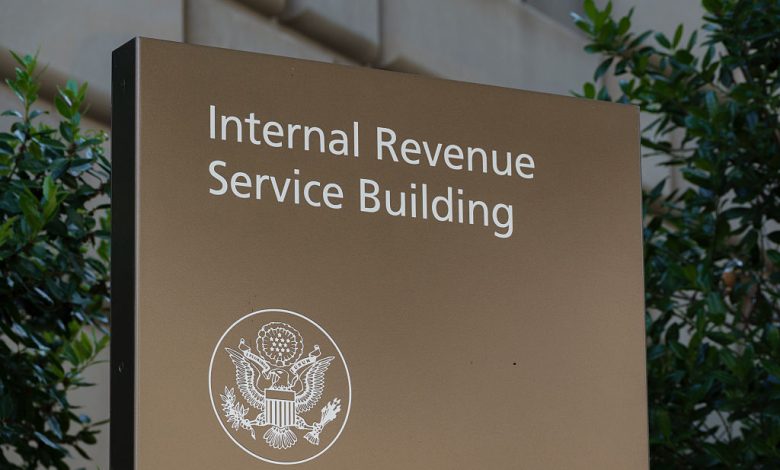Here’s How The IRS’s 2026 Tax Bracket Changes Could Impact Your Next Return


The IRS has announced several updates that will impact how Americans file their taxes over the next two years.
According to CNN, the agency released new details about inflation-based adjustments and changes resulting from the tax law passed in July. These updates will affect federal tax filings for both 2025 and 2026.
How much the changes matter will depend on an individual’s income and deductions, but CNN reports that most taxpayers may see “modest relief” as thresholds move higher in response to inflation.
Standard Deduction Increases
The IRS confirmed that the standard deduction — the amount most taxpayers claim vs. itemized — is rising again.
For tax year 2025 (returns filed in 2026), the deduction increases to $15,750 for single filers, compared to the planned $15,000 before the tax law passed; $31,500 instead of $30,000 for married couples filing jointly; and $23,625 for heads of households, up from $22,500.
By 2026, those amounts will rise further due to inflation adjustments the IRS makes every year: $16,100 for single filers, $32,200 for joint filers, and $24,150 for heads of households. CNN notes that these changes help align deductions with cost-of-living increases.
New Income Tax Brackets For 2026
The IRS is also adjusting the income ranges for each of the seven federal tax rates. According to CNN, these annual inflation adjustments update thresholds to reflect changes in purchasing power.
For the 2026 tax year, the marginal rates will apply as follows:
- 10% on taxable income of $12,400 or less (or $24,800 for joint filers)
- 12% on income above $12,400 (or $24,800 for joint filers)
- 22% on income above $50,400 (or $100,800 for couples)
- 24% over $105,700 (or $211,400 jointly)
- 32% on income above $201,775 (or $403,550 for joint filers)
- 35% over $256,225 (or $512,450 jointly)
- 37% on income exceeding $640,600 (or $768,700 for joint returns)
CNN reports that taxpayers only pay the higher rate on income that fits within the next bracket — not on their entire earnings.
Earned Income Tax Credit Expands
The Earned Income Tax Credit (EITC), which benefits low- and moderate-income households, will also increase. The maximum credit for filers with three or more children will rise to $8,231, up from $8,046 this year. Because the EITC is refundable, eligible filers can still receive a refund if they owe little or no federal income tax.
According to CNN, these adjustments are part of the IRS’s routine efforts to account for inflation and recent policy changes. For many taxpayers, the updated 2026 tax brackets and higher deductions may result in slightly lower taxable income when filing in the years ahead.




